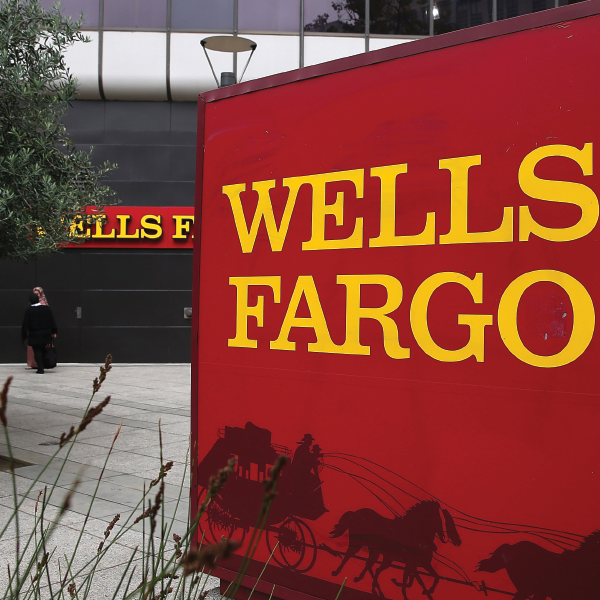How Wells Fargo Lost Its Brand

(Photo by Justin Sullivan/Getty Images)
Wells Fargo had an amazing reputation prior to the disaster that took down the CEO last summer. It was the friendly stagecoach bank with a historic legacy dating back to 1852. It was the main street bank with friendly service and great folks on the phone always there to help. Conservative loan practices protected Wells Fargo from any connection to the subprime loan catastrophe that wiped out dozens of banks from 2008 to 2010.
It was cruising along with a stellar image, something you can’t buy or fake. And then came the revelation that it was pushing sales quotas to motivate internal growth. The result? More than 2 million sham accounts opened since 2011, complete with forged signatures, phony email addresses, and fake PIN numbers—all created by staff who were pushed by supervisors to meet daily account quotas. The bank then charged customers at least $2 million in fees for these bogus accounts.
It’s extremely rare that a company can sustain and grow a positive image for 164 years . How could top management miss the mark here on retaining the value of the brand?
This situation was probably invisible to the upper ranks of the bank, but the heat comes to those on top. So what did the CEO say? “It’s not my fault.” What did the bank do? Virtually nothing of substance happened for five months, and the bank is only now talking about reimbursing customers. Yes, some full-page newspaper ads “explained” what Wells Fargo was doing to fix this. Yes, heads rolled, but has the bank managed its reputation and its brand in the process? No. New customer growth has dropped 40 percent. Large institutions and stockholders have moved away from the stock, mostly because of the negative moral implications.
Large corporations frequently use the wrong metrics to measure their longer-term value. It’s not just about current balance sheets and total accounts. What about the relationship to customers?
In my opinion, Wells Fargo has completely abandoned the values of its brand by not jumping in front of this issue. One solution would have been making all advertising about admitting to this massive mistake, how the bank is going to fix it, and what it is doing for all its customers to make this right. I still see ads pretending like nothing happened. Why would anyone with a brain believe that?
Brand value is extremely hard to maintain over 164 years of growth, acquisitions, and mergers in a dynamically evolving banking industry. How could top management miss the mark here on retaining the value of the brand? I believe it will take Wells Fargo at least five years to reshape its brand image if—and only if—it takes consumer perceptions, blogs, and comments seriously and admits what has happened and what needs to be done to restore faith in its core values.
